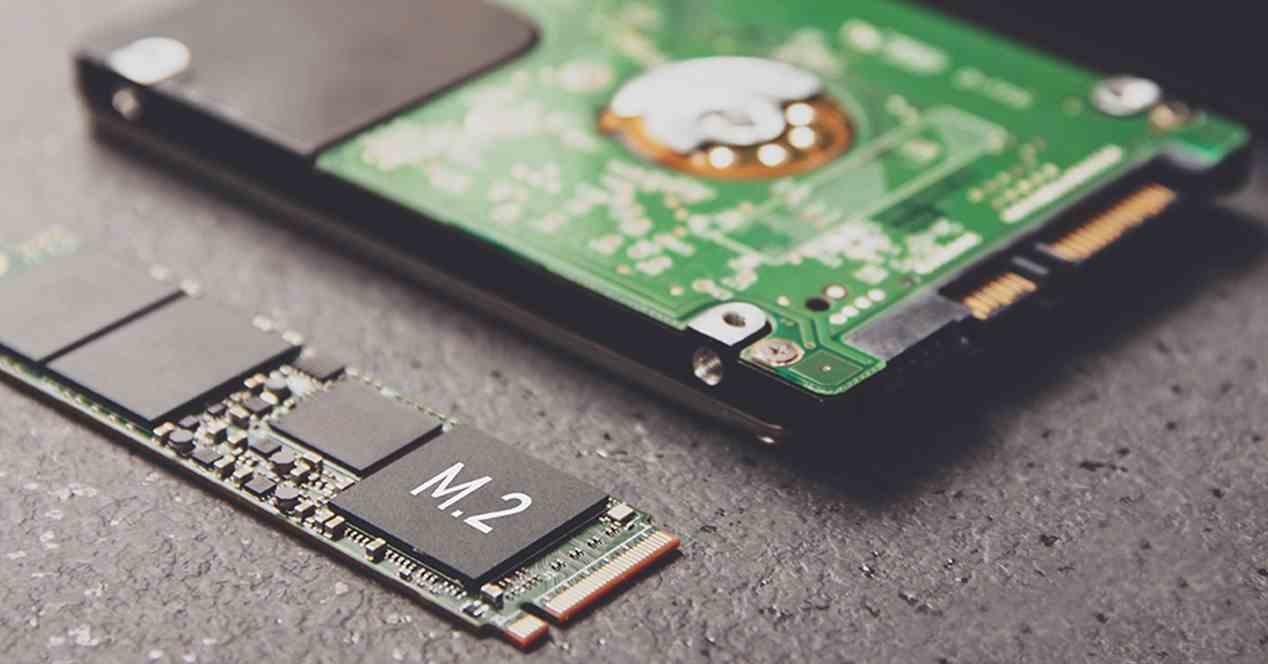For years, hard drives were the only viable high-capacity persistent storage format for our PCs. It was so until the appearance of solid state drives, known by its acronym in English SSD. In any case, you may have wondered whyor we are talking about SSD hard drives and it is technically incorrect. However, we think it is important to explain why.
Many people mistakenly call SSDs a hard drive, and although it’s a term that helps people understand that both components have the same job: to store data and programs persistently. However, your SSD is also not an SSD. So if you have used such terminology, erase it from your mind. The reason? Keep reading.
Why is an SSD not a hard drive?
The answer to the question is simple, although its functionality is the same, lThe operation is not the same and they are two very different devices. It’s literally like comparing a horse-drawn carriage with a car, both are used to transport people, but they don’t work the same way.

An SSD, on the other hand, is based on non-volatile memory chips., so that they do not lose the information when we turn off the PC. They do not use any mechanical parts of any kind. Think of it like RAM, but much slower to access and can hold data for a long time. Thus, the way of accessing information by the processor is totally different.
The needle weighs
The fact that the disk drive uses a needle to access information means that the reading speed presents a huge mechanical bottleneck. Since you have to move the needle from the inside to the outside of the record and vice versa, you can’t go faster than its speed. Unlike a hard drive, an SSD relies on electrical impulses and has nothing to move. This makes it possible to solve several requests for information at the same time.
After all, it works like RAM and the same way having multiple memory chips means multiple parallel accesses at the same time. Imagine the roller coaster queue at an amusement park. In the case of the HDD we would have a single queue, but with an SSD or a solid disk we have several at the same time and the waiting time for each data request is considerably reduced. This means data arrives with less latency when it needs to be dumped into RAM.
The other problem is that while the needle is moving on a hard drive, it is not transmitting data. In memory chips there is also a synchronization period, but it is miniscule in comparison. Also, both in SSDs and in an HDD, things get worse when you jump from one part of memory to another, however, it’s much worse in the first case.








